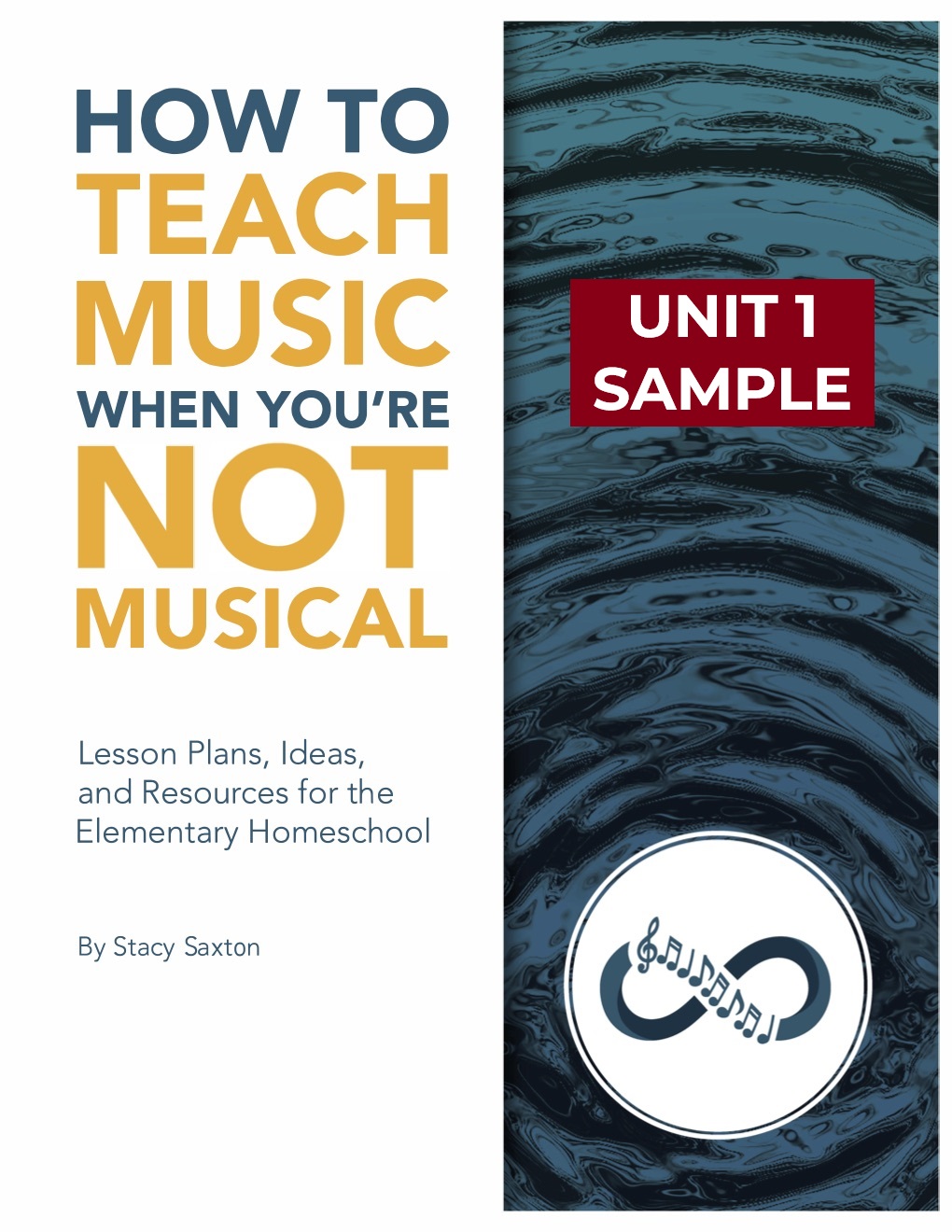- Snare & Bass Drum
- Toms
- Cymbals
- Making a Drum
- Trap Set
- Timpani
- Xylophone & Bells
- Miscellaneous
- Review
Snare & Bass Drum
Snare Drum Examples:
Please note, this gentleman is doing some trick drumming. It usually doesn’t look like this when someone plays the snare drum. There are several other DCA drum solos on YouTube if your students enjoys this one.
Bass Drum Examples:
This is not a great quality video, but there are very few videos of bass drums. Most of them are of the bass (or kick) drum of a trap set – something we will study later. The bass drums in this video were created for marching band. The clicking sounds are created when the drummer hits the stick against the edge of the drum.
How they are made:
Toms
Examples:
At about 2:15 this drummer begins playing the Imperial March from Star Wars.
It is amazing to watch a drum line.
This is a drum line – snares, basses, and toms – rehearsing. The annoying beep helps them stay together and “on beat.” Every step, every look, every stroke of the drum stick is planned. Can you hear the difference between the different types of drums? Listen closely.
Cymbals
How It’s Made Examples:
As you might imagine, there are not a lot of videos of people playing just cymbals, but the information about the craftsmanship of making cymbals will be interesting.
Making a Drum
Video Instructions:
- Tin can, oatmeal container or other wide round cylinder
- Construction paper, crayons, markers or paint for decorating
- Scissors
- Balloons, not inflated
- Rubber bands
- Pencil with attached eraser.
Trap Set
Examples:
This drummer has a snare drum between his knees, two kick drums on the floor at his feet, five toms in a semi-circle around the snare, and cymbals all around the toms. It is more than most drummers use, but this demonstration will allow your student to listen to each type of instrument alone and then hear them together.
Timpani
Examples:
- Interview with LPO Timpanist
- Behind the Scenes with New York Philharmonic Principal Timpani Markus Rhoten, 05/22/11
There isn’t a lot of tympani playing in these two videos, but it is a rare treat to meet a professional musician and see what they do to prepare for a concert.
Xylophone & Bells
Xylophone Examples:
This is a very famous piece with lots of energy – The William Tell Overture
Marimba Examples:
This gentleman is playing “four in hand” – meaning with two mallets in each hand. That’s very difficult!
A more modern piece, played by children.
Vibraphone Examples:
This is a very famous piano solo, rewritten for the vibraphone.
Chimes Examples:
Miscellaneous
Examples:
As you can imagine, there aren’t a lot of videos of solo percussion instruments. There are many, however, with percussion ensembles. Those are linked in future lessons.
Review
Examples:
This is not a real video, but computer animation. However, it showcases several different percussion instruments in unique settings. See if you and your student(s) can name them as they are played. If you can’t, don’t worry, just enjoy the fun music.
This is real.
This may be familiar to your student. The Mario Brother’s theme. It is long, about 15 minutes if you watch both parts, but every percussion instrument we have talked about (and a few we haven’t) are used in this. Watch the performers in the back, as well as in the front. The ones in back often switch instruments.
Here’s a shorter version.
